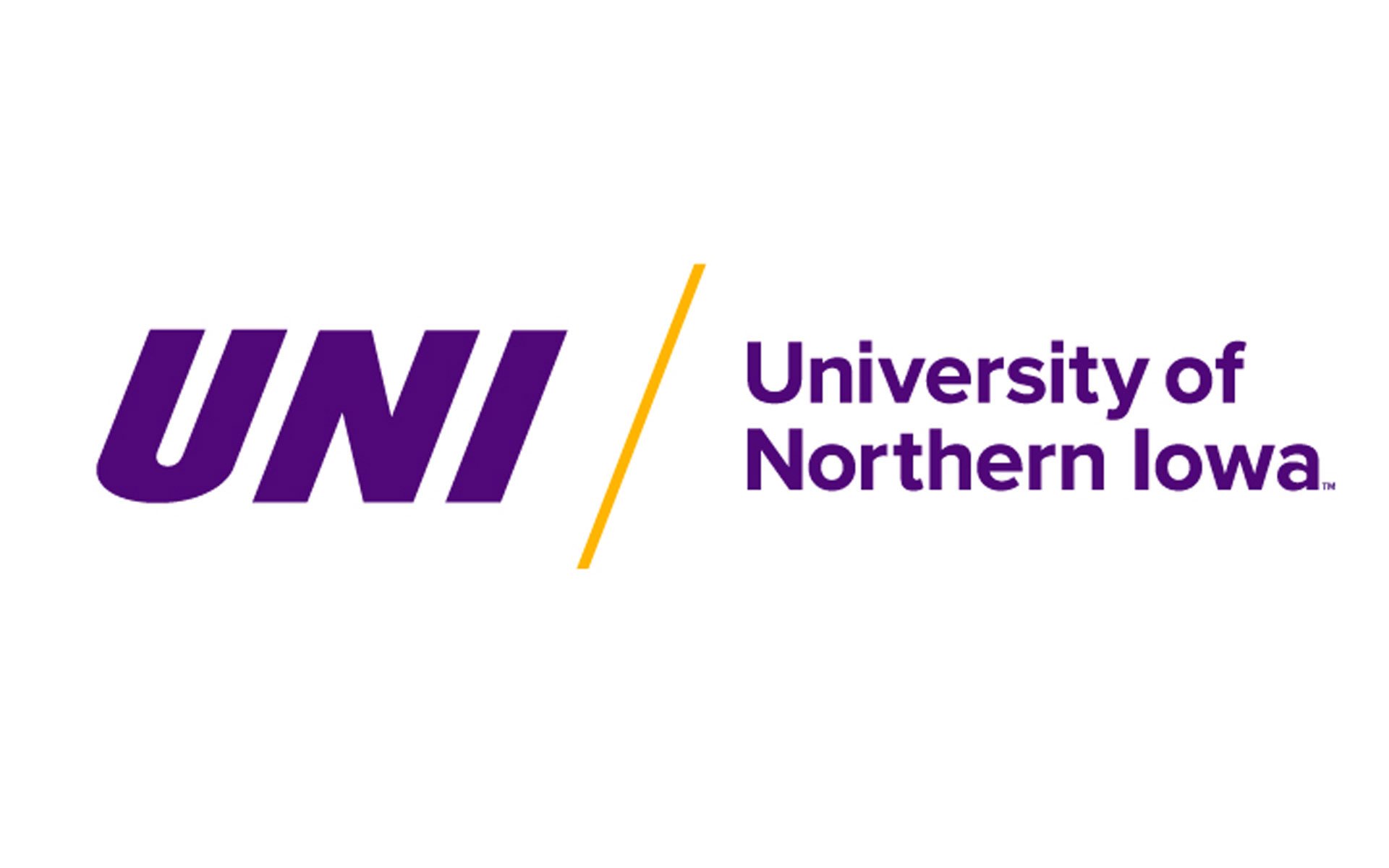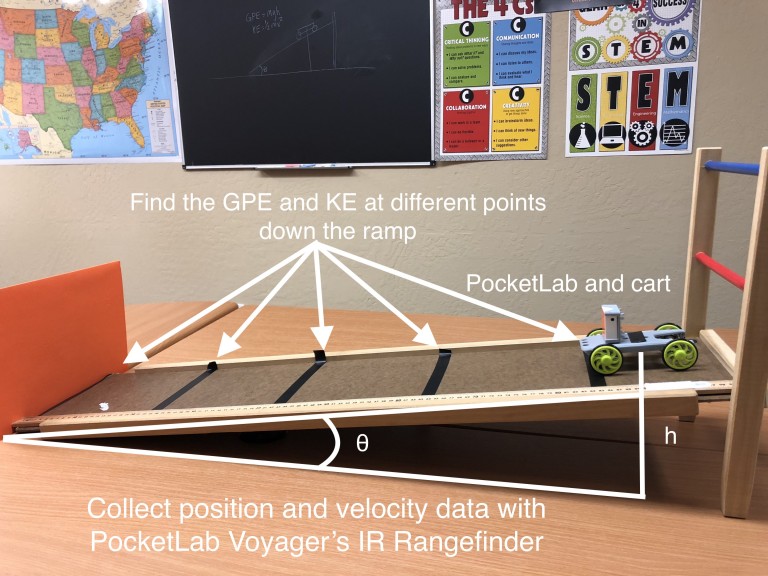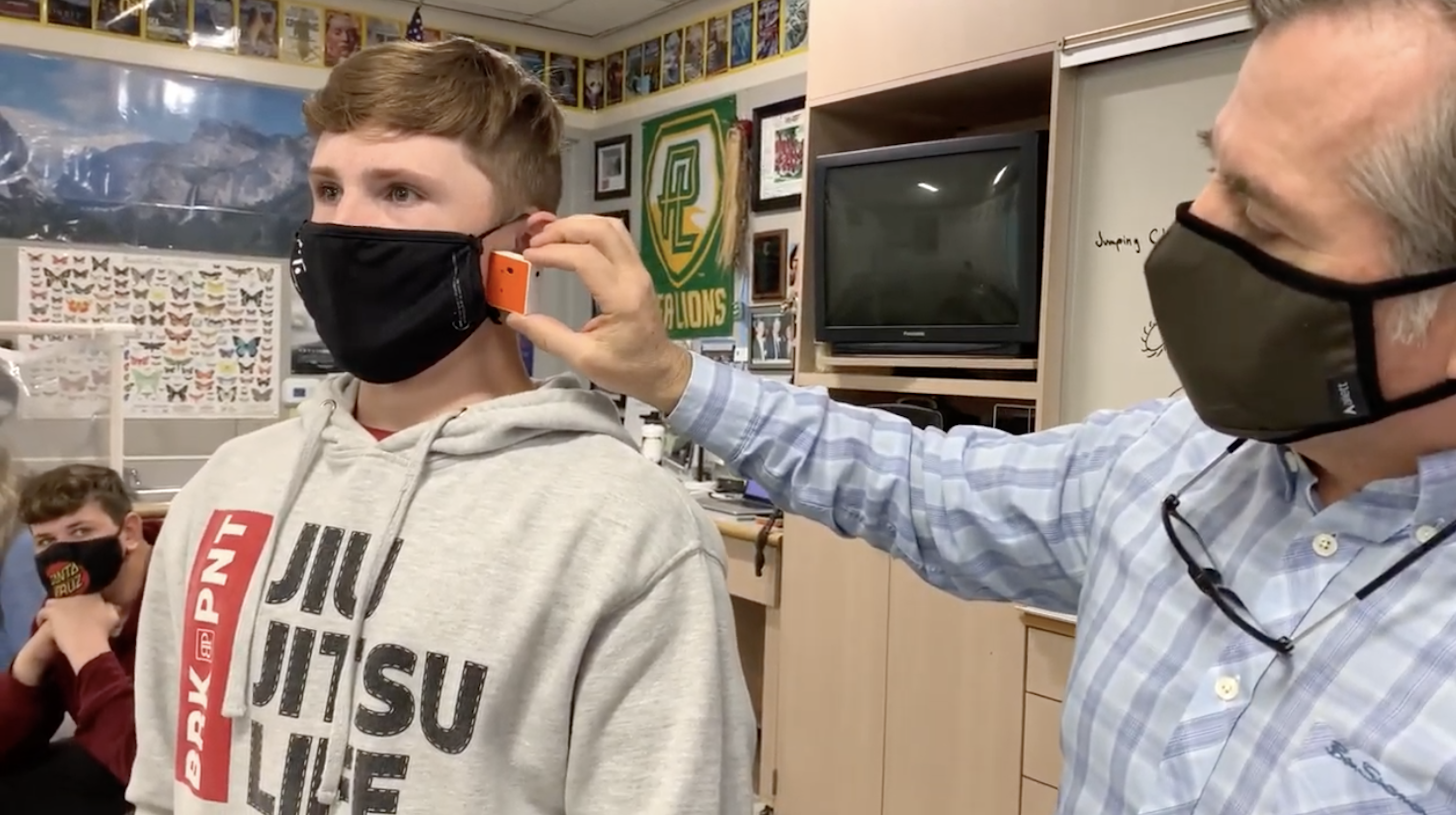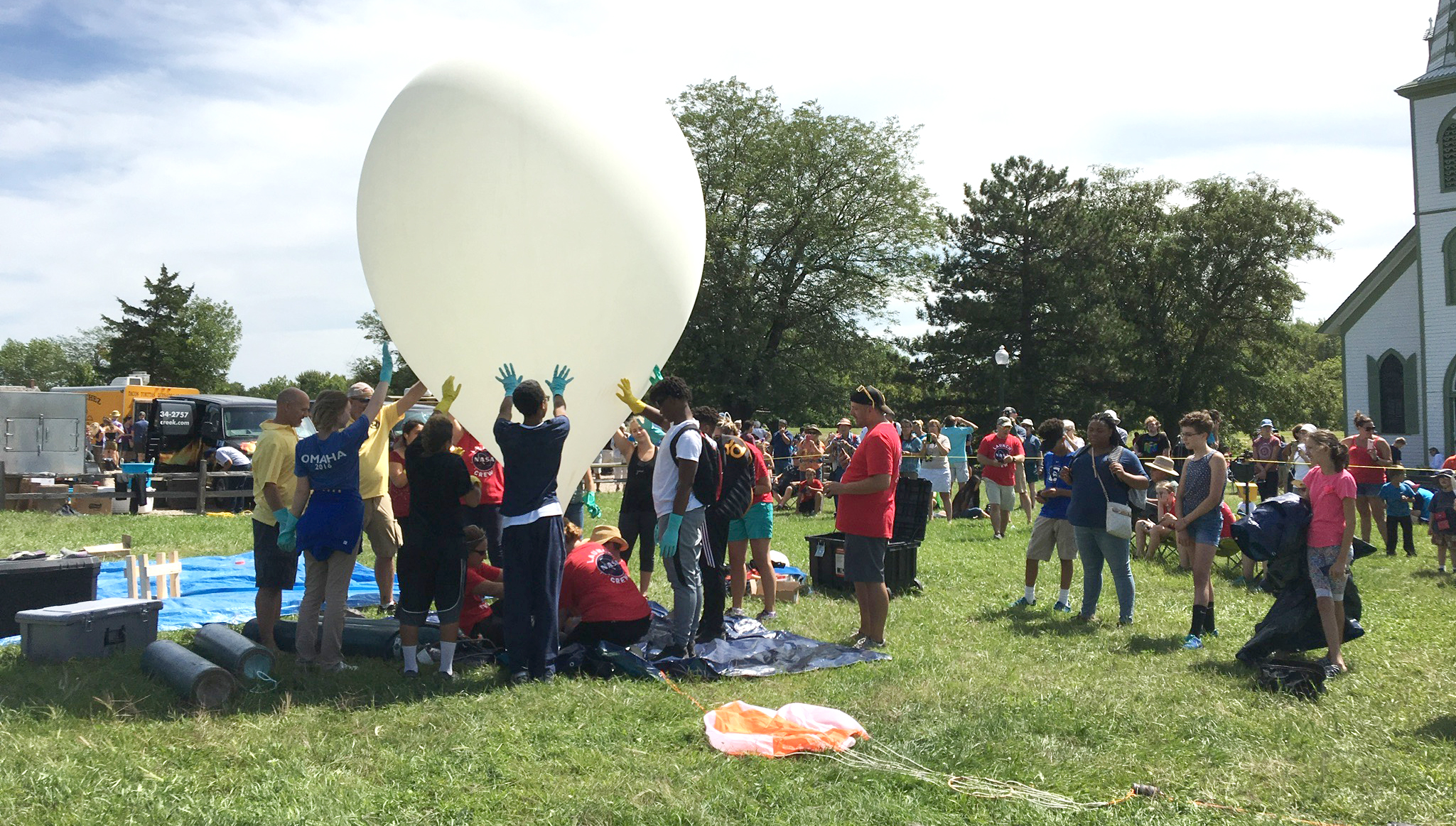Potential Energy to Kinetic Energy Experiment: Gravity | PocketLab
Does a falling object have potential energy or kinetic energy or both? In other potential energy experiments, we demonstrated the Law of...
1 min read
Cool Things Being Done With PocketLabs Apr 18, 2025 2:03:11 PM

At the University of Northern Iowa (UNI), students and faculty are using PocketLab sensors to connect classrooms, campus, and community through the power of real-world science—and it’s inspiring a new wave of hands-on, inquiry-based STEM education.
As part of the 2023 Summer Undergraduate Research Program (SURP), students Isabel Harms and Alexa Sedlacek led a multi-faceted exploration of PocketLab devices, examining how they could be used to support teaching, learning, and research across a variety of disciplines—from Earth and Environmental Science to interior design.
In a summer marked by record heat and hazardous air quality from Canadian wildfires, UNI used PocketLab Air, Voyager, Thermo, and Weather devices to explore environmental issues that impact our daily lives. These citizen science tools allowed middle and high school students to collect real-time data on:
Air quality indoors vs. outdoors
Temperature differences on grass vs. concrete
Humidity, barometric pressure, and light intensity
Particulate matter levels in art rooms and chalkboard-equipped classrooms
By designing and testing their own hypotheses, students engaged in authentic science practices—and teachers gained a valuable tool for bringing these issues to life in the classroom.
While students discovered some minor troubleshooting challenges (like charging quirks), the devices proved reliable and intuitive for both instructors and learners. The data collected spurred rich conversations about climate change, public health, urban heat islands, and the role of science in everyday life.
Educators at UNI are now incorporating PocketLab into:
Weather and environmental science courses
Cross-disciplinary collaborations (like interior design!)
Research projects involving statistical validation of device data
Self-guided environmental campus tours
What’s happening at UNI mirrors what K–12 science classrooms across the country are embracing: real-world learning, student agency, and the integration of NGSS-aligned tools that make abstract concepts visible. PocketLab’s accessibility and versatility make it a perfect match for this educational moment.
If you’re a science educator or district leader looking to bring high-impact, real-time data collection into your classroom, the work at UNI offers a compelling example—and a reminder that science doesn't have to stay in the lab.
Explore PocketLab's full line of sensors and pre-built lessons at thepocketlab.com, or check out how other educators are using PocketLab to investigate air quality, energy transfer, motion, weather systems, and more.
Let’s keep building the future of science education—one real-world experiment at a time.

Does a falling object have potential energy or kinetic energy or both? In other potential energy experiments, we demonstrated the Law of...

Mr. Vandegrift is using a PocketLab Voyager (But you can also use Weather or Air) to show his students the efficacy of face masks. Through data...

NGSS Standards: (Earth's Systems),(Weather and Climate) John Huber is a rockstar teacher with Omaha Public Schools. He is one of our PocketLab...